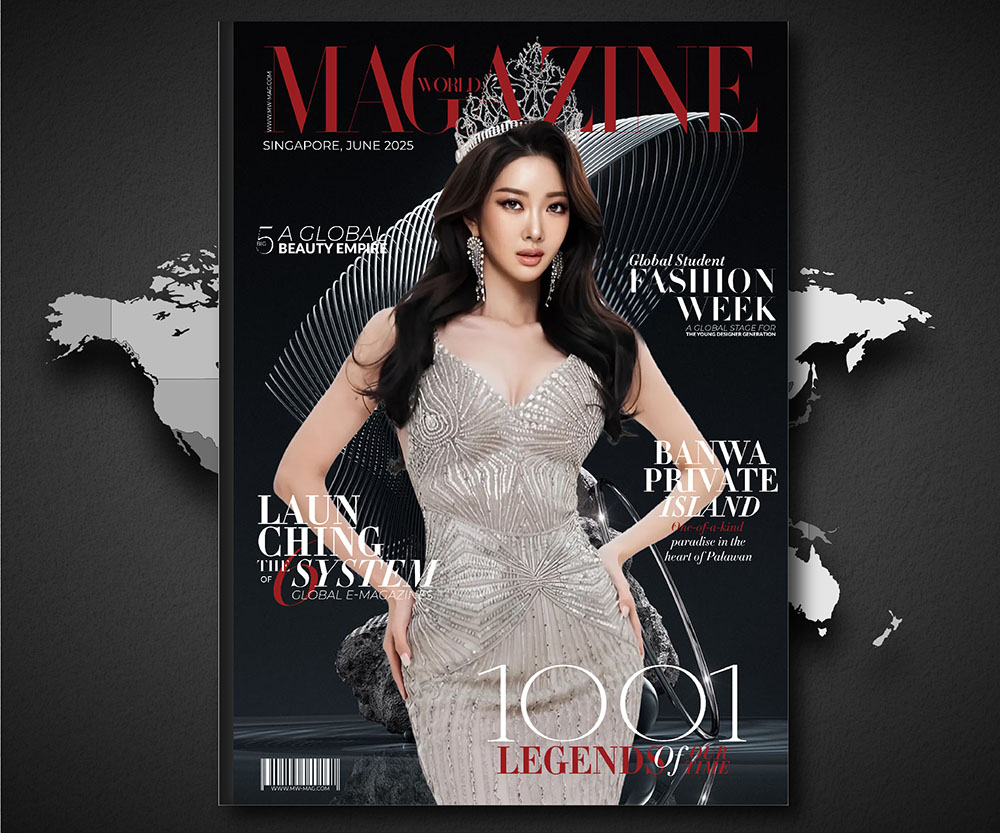Can a machine understand your feelings? As AI therapists gain traction—from Woebot to Earkick and ChatGPT—more people are turning to them for emotional support. But while they offer convenience, experts argue that authenticity, nuance, and human empathy remain irreplaceable. So, where do AI and therapy truly intersect?
How AI entered the therapy room
AI-driven therapy began quietly—in the 1960s with Eliza, a simple chatbot designed to mimic Rogerian therapy. Today, we have far more advanced systems: You can chat with Pi, Replika, Woebot, Wysa, or Earkick anytime. These bots offer round-the-clock empathy at low or no cost, drawing users who face obstacles like stigma, geography, or long waitlists.
Their appeal is undeniable: accessible, immediate, and judgment-free. In one case, a Delhi student started confiding in ChatGPT after therapy became unaffordable, and said using the bot for emotional relief became routine. For many, AI is a first step toward healing—but is it enough?
The strengths—and limits—of AI support
One major advantage of AI is accessibility. Teenagers and adults alike use bots to process feelings, especially during emotional crises or when traditional therapy isn’t an option. Works like Woebot, grounded in cognitive behavioral therapy, have shown short-term improvements in anxiety and depression.
Yet AI therapy is not without flaws. Critics point out that bots often rely on scripted empathy and may even reinforce harmful beliefs or hallucinate compassion . In extreme cases, AI engagement has worsened distress—one user experienced psychotic symptoms after deep interactions with a chatbot . Thus, while helpful in moderation, bots lack real emotional intelligence and understanding.
Why therapists remain essential

Human therapists bring something AI cannot replicate: genuine empathy, shared human experience, and accountability through interpersonal connection. Therapists’ imperfections—pauses, reframes, even mistakes—form part of the therapeutic process that builds trust and resilience.
Moreover, therapy isn’t just about conversation—it involves ongoing context. A therapist tracks subtle emotional shifts over time, understands cultural nuance, and adapts strategies accordingly. Patients who rely solely on AI often miss out on breakthroughs prompted by interpersonal challenge, reflection, and emotional depth.
Integrating AI as a complement, not a replacement
Many experts advocate for a hybrid approach. AI can help with journaling prompts, breathing exercises, or scheduling between sessions—supporting, not substituting, professional care. For example, Woebot and Earkick were developed with clinician guidance; they offer accessible care while cautioning users to seek in-person help as needed.
Research suggests AI can ease administrative burdens and improve monitoring, letting therapists focus on healing. But crucially, AI must be used under guidance: when someone isn’t improving or shows deeper symptoms, it’s time to see a human professional.
Balancing empathy and innovation
AI therapy isn’t just sci-fi—it’s here, providing accessible emotional care to many. Its strengths lie in convenience, affordability, and initial support. Yet AI lacks the depth, nuance, and genuine human connection central to true healing.
The future lies in balance: using AI as a thoughtful supplement, not a substitute. By combining technology’s efficiency with human warmth, we may create a more inclusive, responsive mental-health ecosystem—one that honors feeling, context, and the irreplaceable power of human presence.





